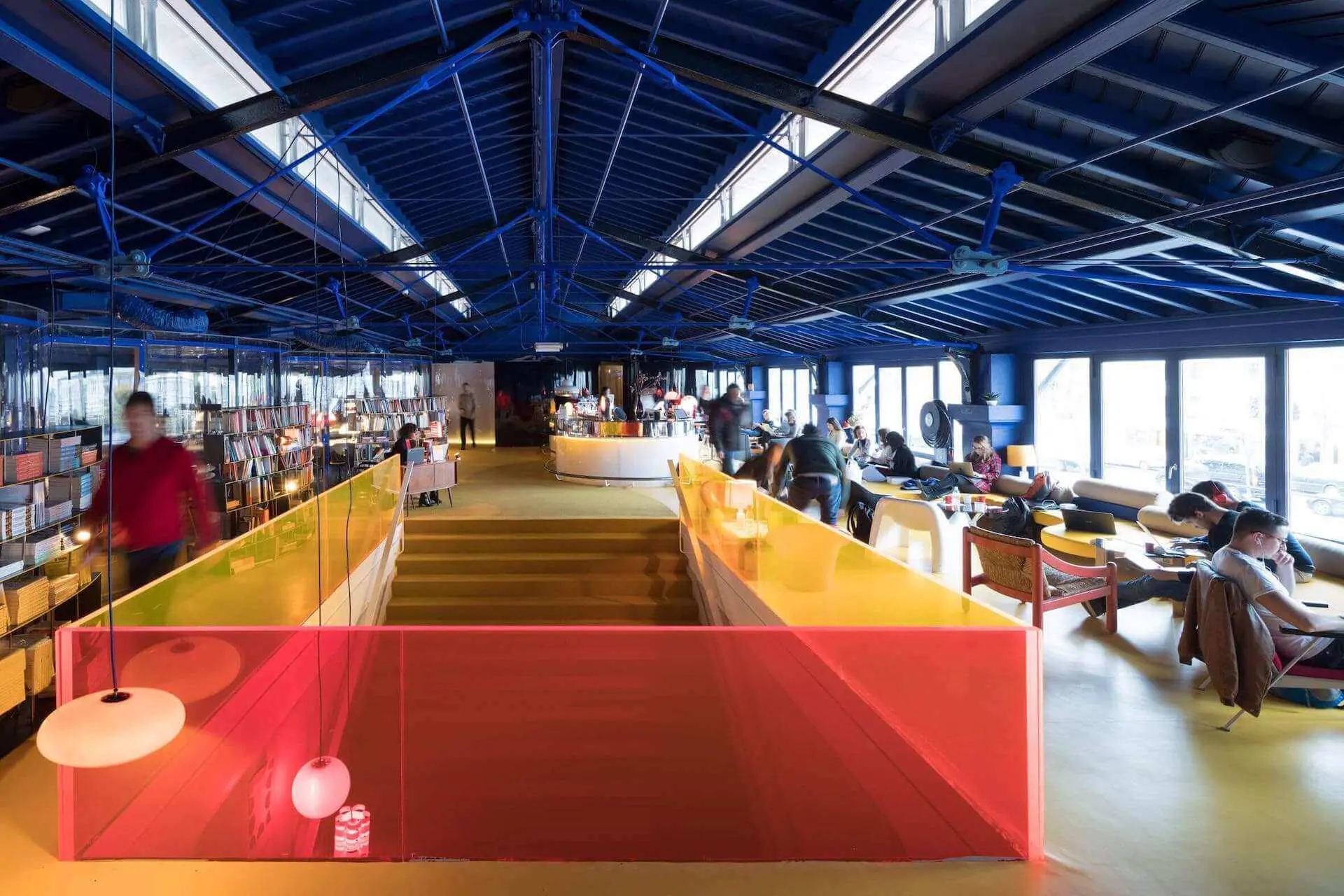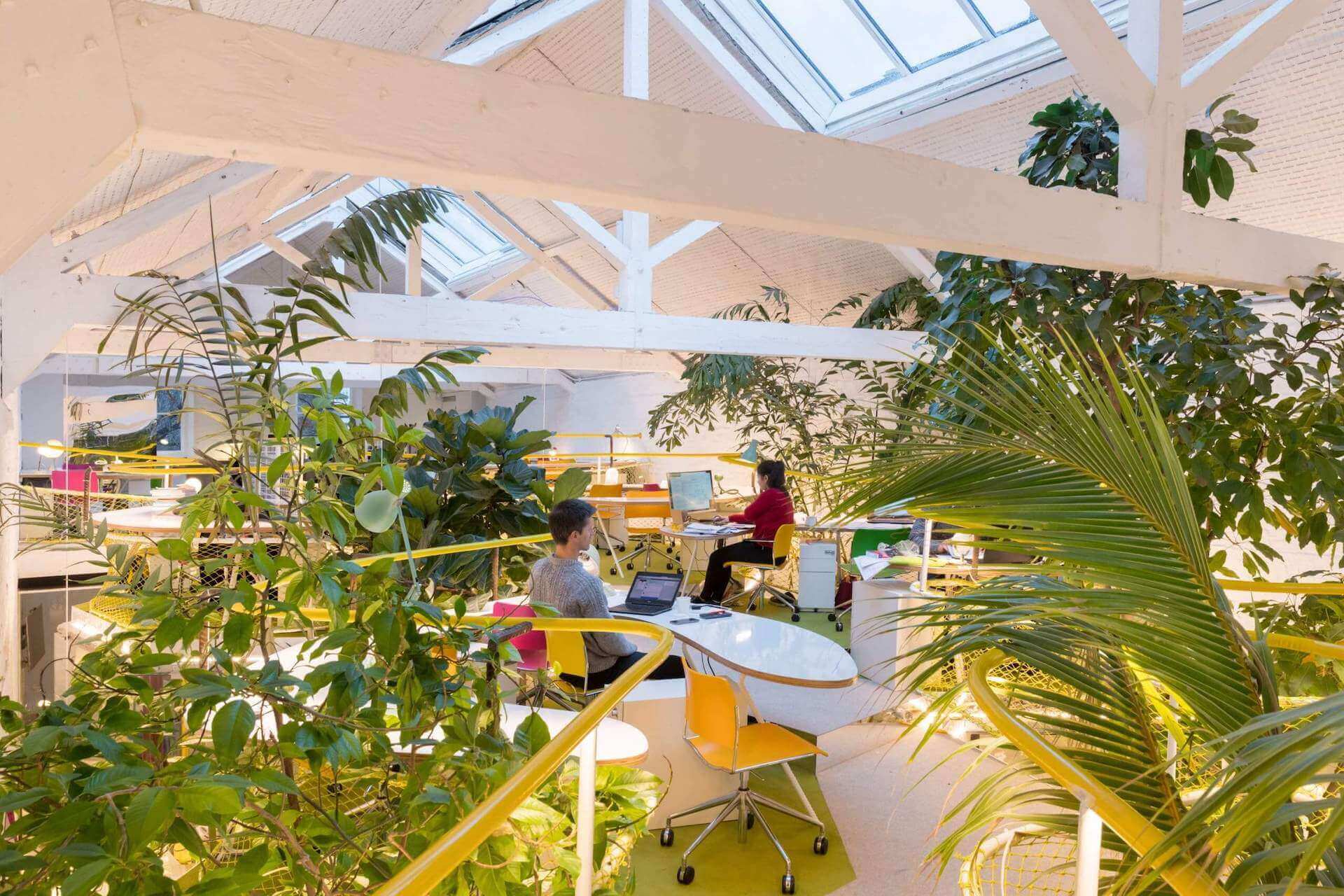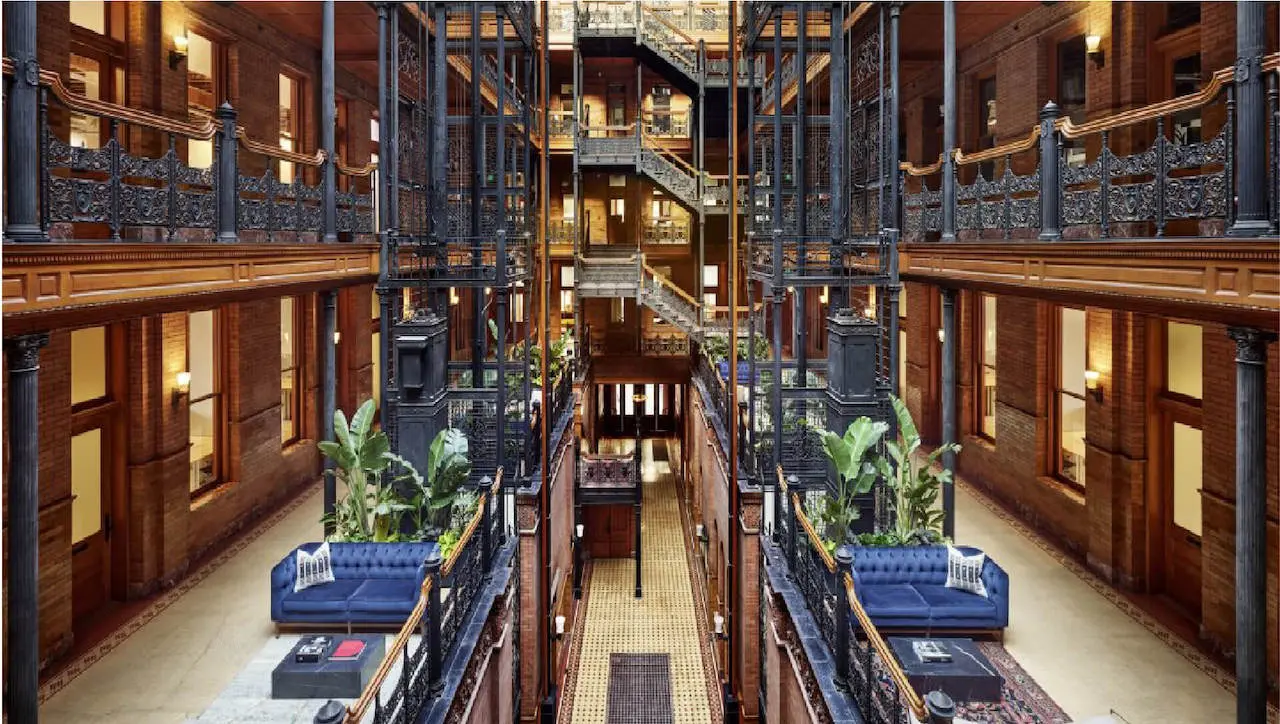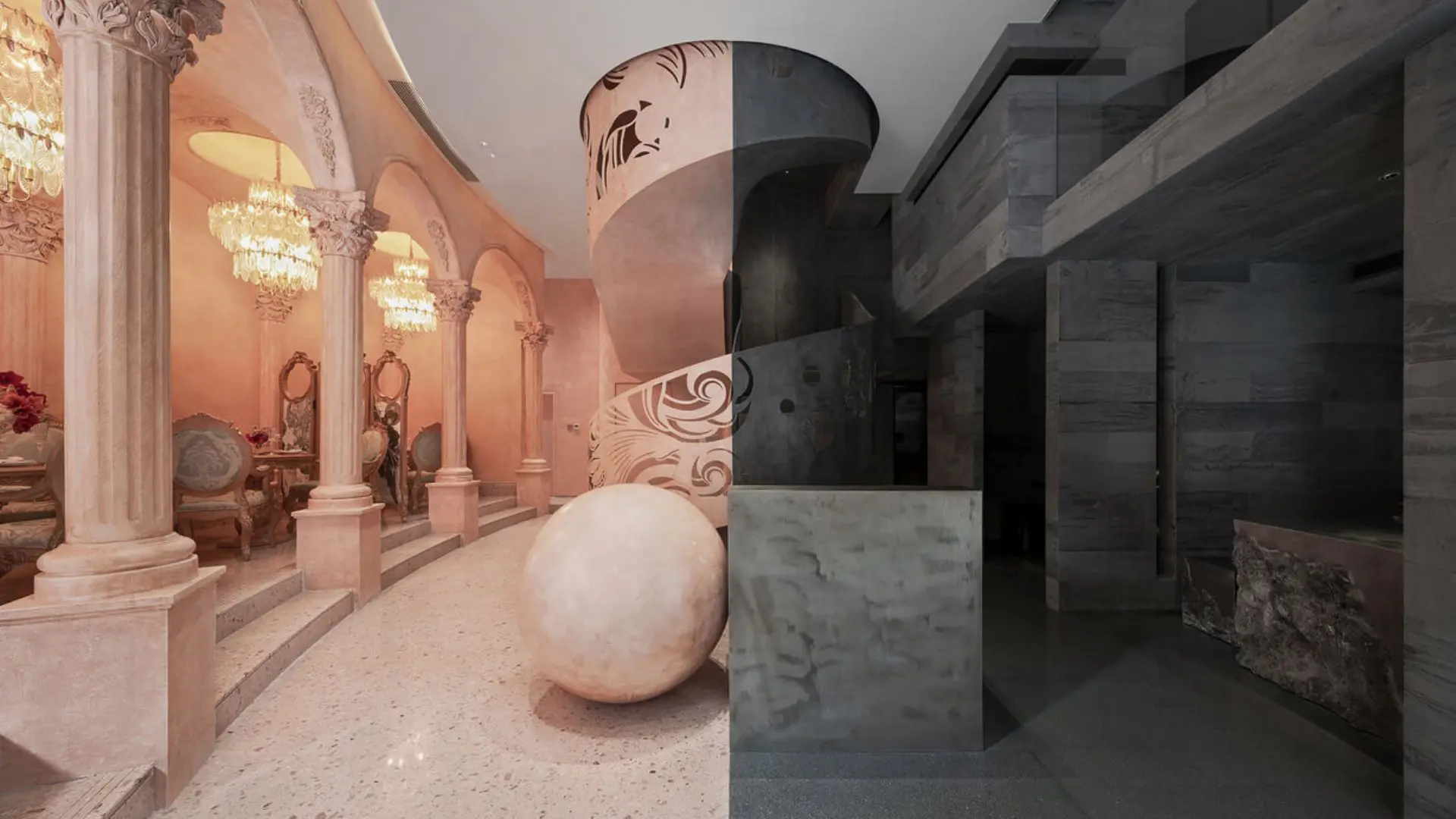Is the creative hub Second Home naturally changing the workspace paradigm?
DesignWanted had the chance to take a closer look at Second Home’s Lisbon location, (1 of 6 worldwide), talk with co-founder and CEO Rohan Silva, and discover how they are changing the workspace paradigm
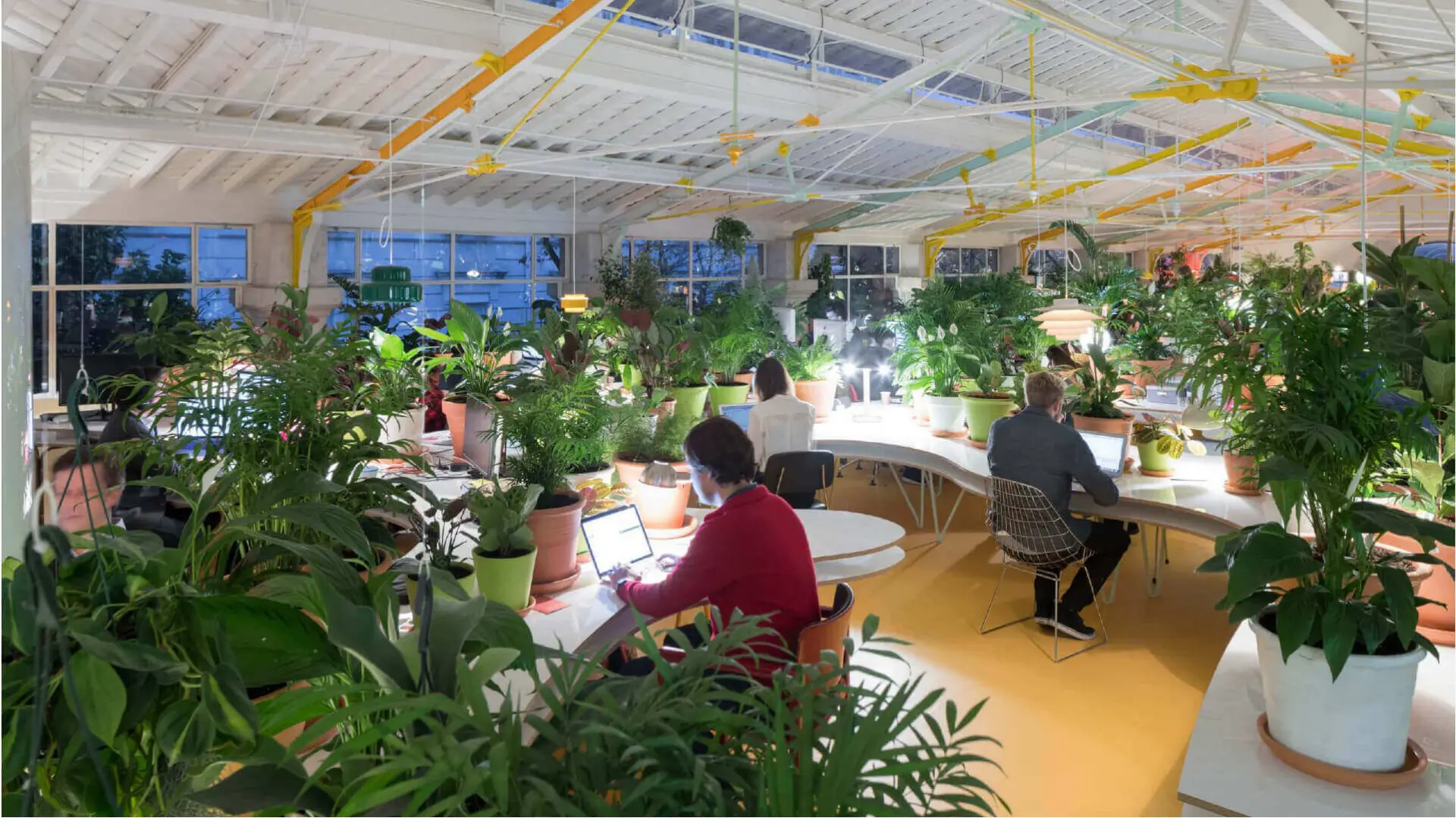
An extraordinary set of circumstances along with contemporary technology has developed a new normal that sets us free from traditional office spaces. It has opened the doors for working from home or anywhere else on the planet. Nonetheless, we have not lost our need for real connections, conversations, and human contact. That’s why office spaces like Second Home will continue to be necessary.
2020 has disrupted the world and made nearly everyone consider a new relationship with our vision of what work should look like. Back in 2014, Rohan Silva and Sam Aldenton already had a vision for a new type of creative workspace and cultural hub.
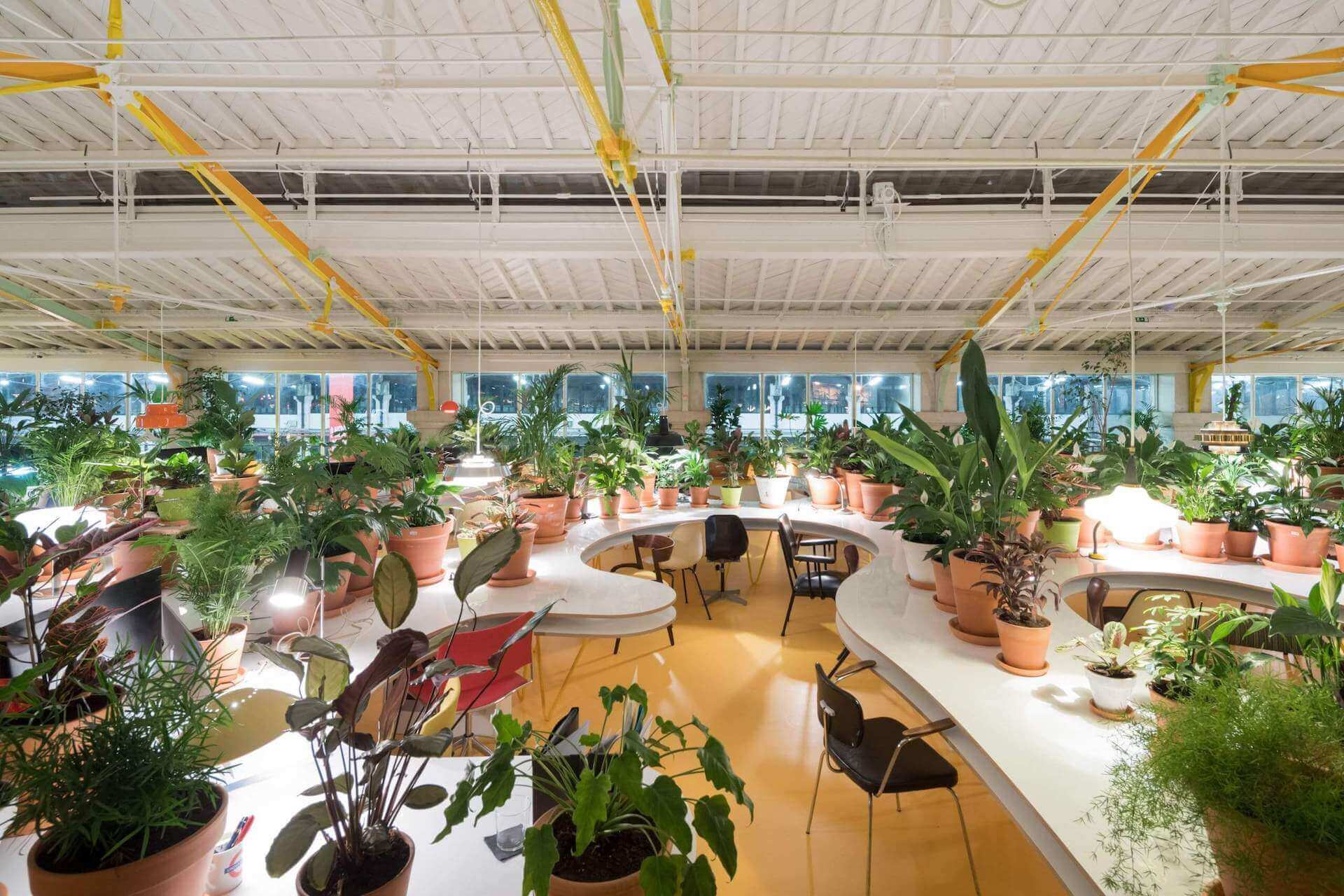
A vision to fight back against the old grey cubicle. Since then, Second Home has shown how workspaces can be more flexible, sustainable, creative, healthier, and happier.
During DesignWanted’s Workspace Week, I decided to head out to Second Home Lisboa and find out what this is all about.
[ Read also Co-working space for a more just and equitable community: The Coven + Blu Dot ]
Located on top of Mercado da Ribeira, a 19th-century fruit and vegetable market in downtown Lisbon, Portugal, Second home is extremely well-positioned within the city. After passing a lounge area with a small bar, you will enter an urban oasis with around 1000 plants. It feels more like entering a botanical garden than an office space.

The plant-filled interiors designed by Spanish architecture studio SelgasCano have become the brand image of Second Home. The integration of nature in living and workspaces can have astounding benefits on its residences.
Biophilic design plays with the human biological affinity to connect with nature, creating calmer environments with higher levels of well-being and happiness. At the same time, the plants in Second Home Lisbon act as a noise reducer and space divider, all while improving air quality.
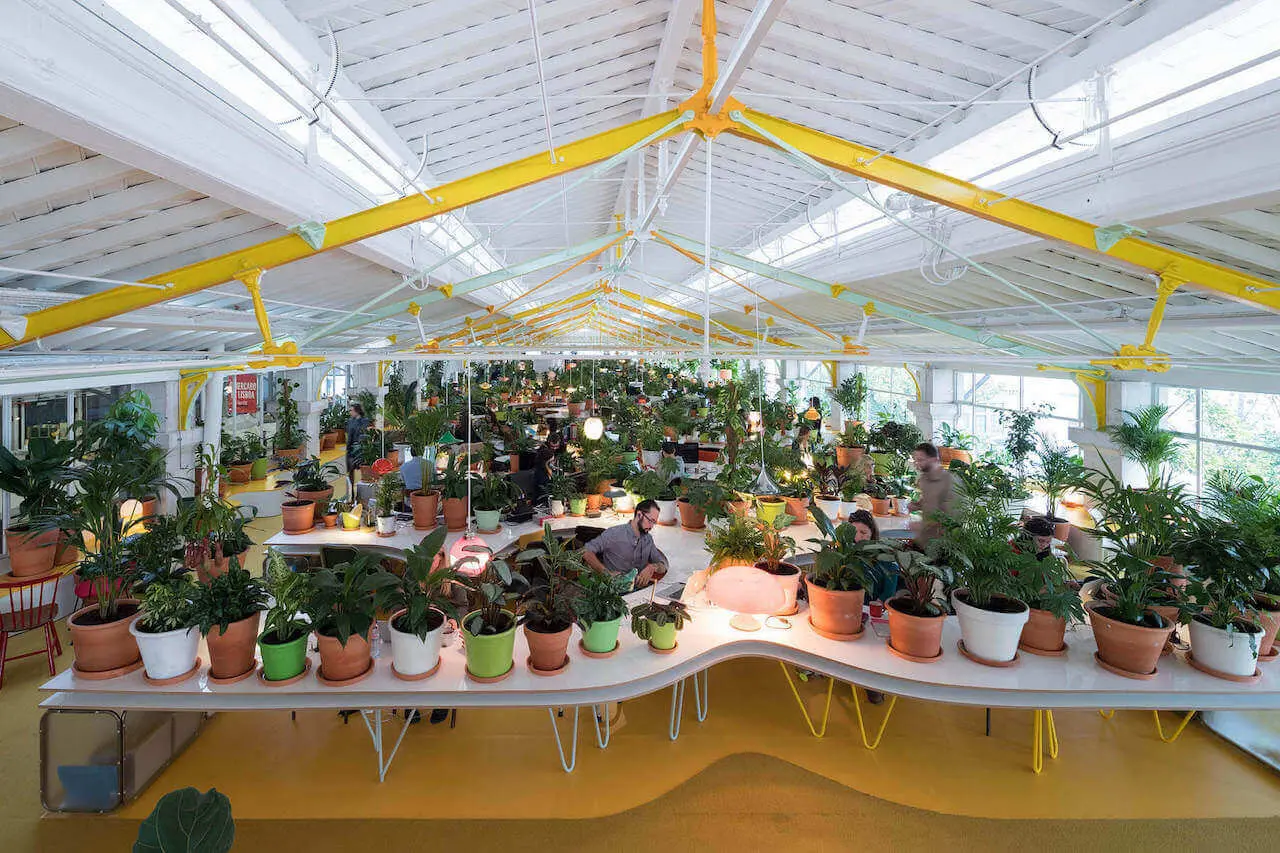
“As a species, we evolved in environments full of seasonality, plants, trees, natural light and variations in temperature, and all the empirical evidence suggests that being in environments that better reflect our natural world is better for our well-being, and therefore good for productivity and creativity” explains Rohan Silva, co-founder and CEO of Second Home.
While Second Home distinguished itself for its low energy consumptions and plant-filled interiors, the company is much more than that, “it’s more than simply adding a few pot plants to a workspace.”
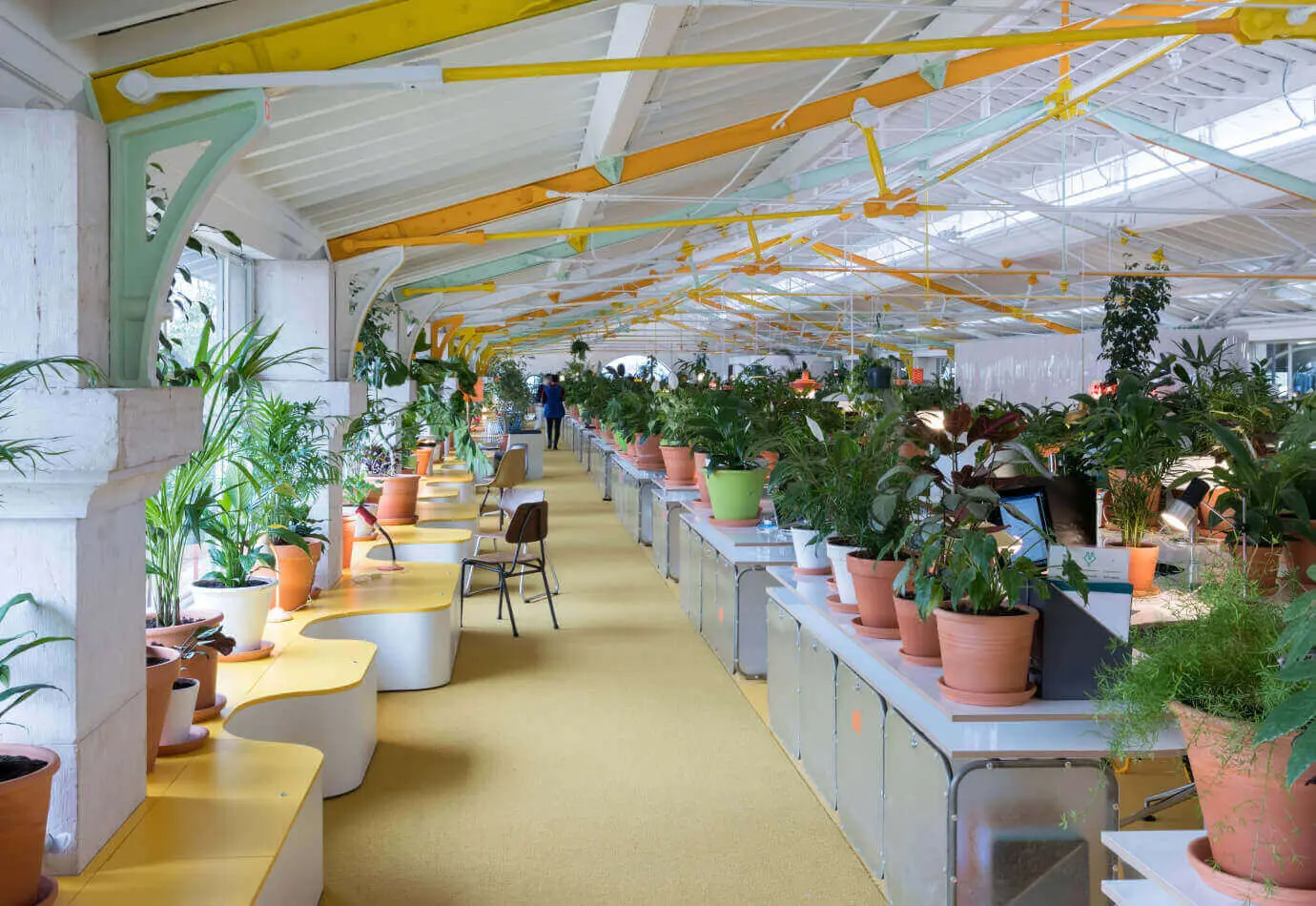
Second Home is about creating and building relationships that drive businesses. These “serendipitous meetings” as Silva puts it, are the key for great businesses and workspaces and cannot be digitally replicated. “Our job is then to stir the pot and mix people up” he adds.
Second Home does this not only through the thoughtful design of its space, but also by integrating educational, wellness, and cultural activities into the Second Home experience: “We can’t predict when inspiration will strike. But we can increase the frequency“.
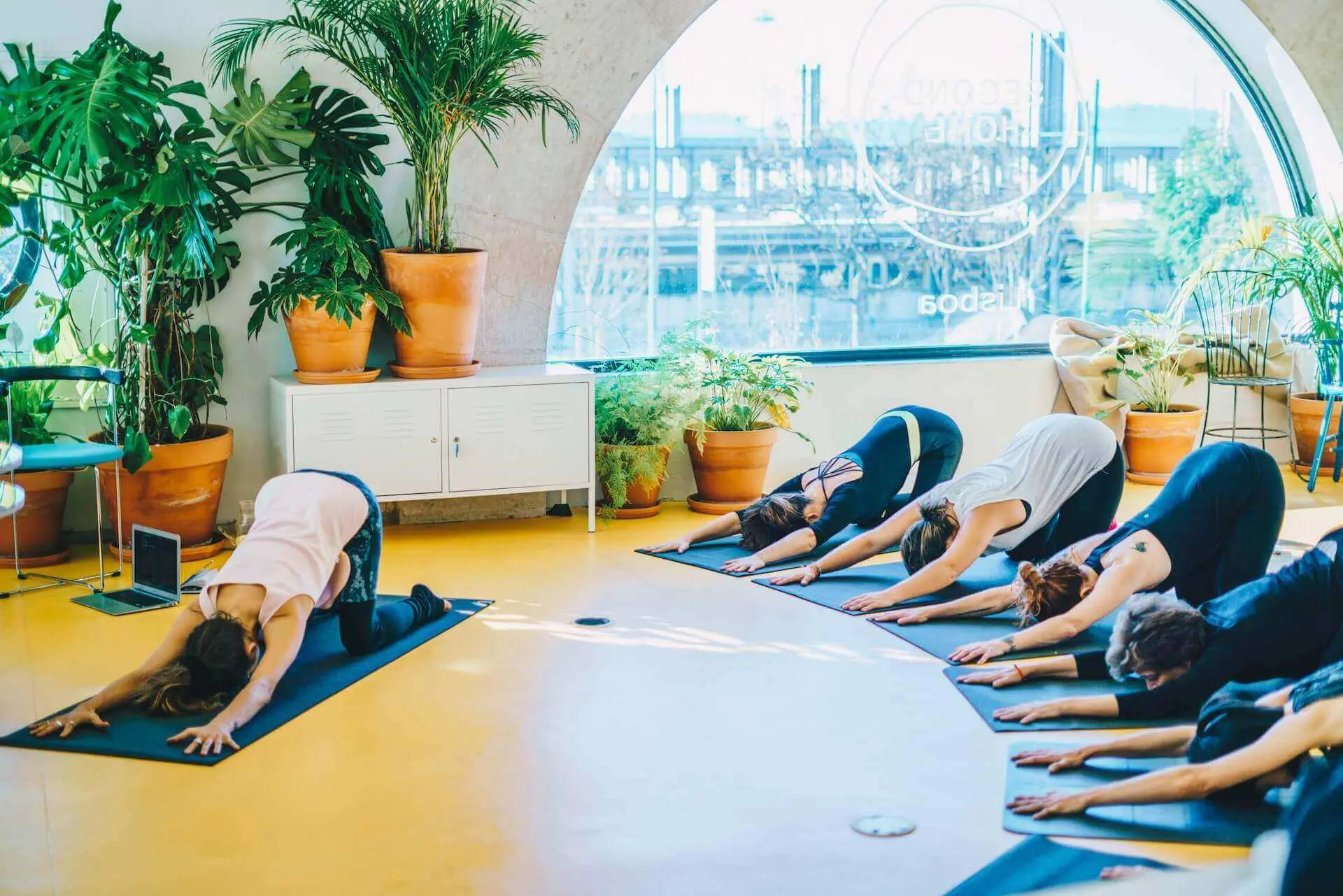
When I asked Rohan what made Second Home so special, he humbly commented: “We aren’t doing anything new. We simply make use of very old knowledge and technologies to bring creativity, well-being, and sustainability into the workspace”.
Having said that, a good workspace doesn’t need a complex or ultra-modern solution. Having a sense of human behaviour and revisiting old ideas with fresh eyes can be sufficient to shift paradigms. Second Home is simply designed to support creativity and effectiveness.
[ Read also Fostering co-creation and innovation providing a space for culture and collaboration: a win-win formula ]





